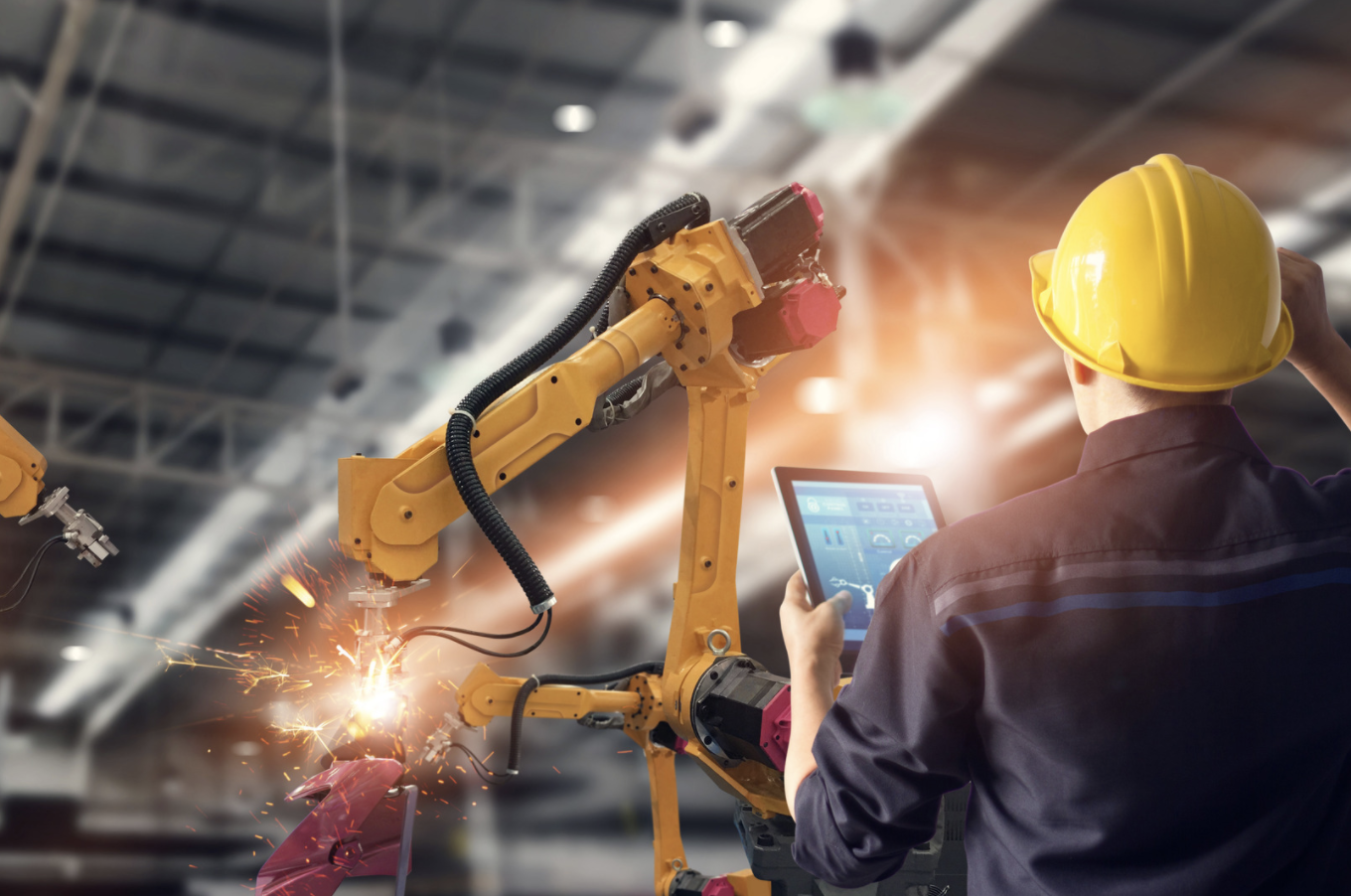Shared Assessments’ Operational Technology Risk Management Working Group has been discussing the impact of the pandemic on factory floors across the world.
The COVID-19 pandemic’s expansion has led to labor constraints across the globe. Companies are scrambling to develop processes and technologies that keep operations moving forward while supply remains constricted. From an increase in virtual maintenance on manufacturing equipment to human jobs replaced by automatons, it is indeed a changed world.
As governments define “essential” in different terms and travel restrictions vary from country to country, we have seen companies embrace virtual reality/augmented reality (VR/AR) for repair of manufacturing equipment. Previously used in aircraft maintenance and dispersed operations, VR/AR has become an increasingly relevant technology during the pandemic. Where the workforce has reduced on some factory floors, sparse or lone field technicians can record mechanical problems in factories using 3D imaging. The 3D images are then relayed to remote experts who can diagnose issues and direct field technicians in repairs.
It is difficult to come to terms with the impact of jobs lost during the COVID-19 recession, but as Matt Simon of Wired magazine tells us “our economy still craters without human workers, because the machines are far, far away from matching our intelligence and dexterity. You’re more likely to have a machine automate part of job, not destroy your job entirely.” UC Berkeley’s Labor Center agrees that for the short and medium term, technologies will not cause widespread job loss, rather the nature of working conditions will shift.
Where companies ramp up to meet surges in demand, we have seen in an increase in both the human and robot workforce. Nowhere is the partnership between man and machine more visible than in Amazon warehouses. Amazon has hired untold workers to handle the increase in demand for at-home deliveries and robots have been deployed to do the heavy lifting. Robots scoot packages to people, who deal with the finer manipulations involved with shipping.
This pandemic is not the first major disruption to profoundly impact supply networks. The 2011 Tohuko earthquake was a major stress test on tech manufacturers in Japan, where new processes and alternative production sites were nimbly implemented in the wake of destruction. Similarly, the Deepwater Horizon explosion in the oil and gas industry forced the development of new technologies in automation to better predict and prevent accidents.
It is a struggle to find the silver lining in this global health disaster devastating our cultures. Shuttered or slowed manufacturing operations have a significant impact on human lives as jobs are changed or lost. But, in recent history, we have seen environmental disruptions bring improvements in technology and process to the supply chain as companies are forced to navigate new efficiencies under tremendous pressure. As we restart and rebuild, let’s strive to build supply chains prepared for future pandemics by putting into place the intelligence for agile decision making to mitigate risks associated with natural disasters.


